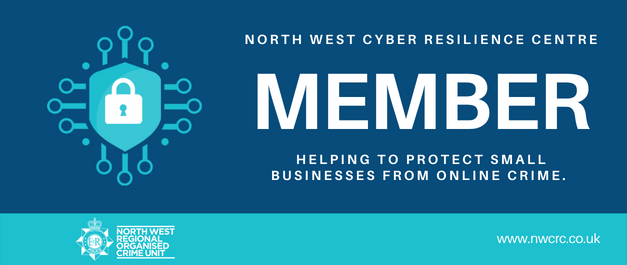Remortgaging is a common part of home ownership, but many homeowners are unsure about when it might be the right time and what the process involves. Whether you’re looking to reduce your monthly repayments, raise funds for home improvements, or simply move away from your lender’s standard variable rate (SVR), understanding the steps involved will help you make informed decisions.
At DTM Legal, our Residential Conveyancing team is here to guide you through each stage and ensure the process runs smoothly.
When Consider Remortgaging?
There are several reasons why you might choose to remortgage your property, including:
- Your current deal is ending – Many mortgage deals last two to five years, after which you may be moved onto a higher SVR.
- Lower interest rates are available – Switching could save you money on monthly repayments.
- Raising capital – You may wish to release equity to fund home improvements, invest in another property, or consolidate debts.
- Changing mortgage terms – This might include fixing your rate, switching to a tracker, or changing the mortgage term length.
- Removing or adding someone to the mortgage – For example, following marriage, divorce, or other personal changes.
How to Prepare to Remortgage Your Property
Before starting the remortgaging process, it’s worth taking a few steps to put yourself in the best possible position:
- Check your current deal – Understand when it ends and whether there are any early repayment charges.
- Review your credit score – Lenders use your credit profile to assess eligibility and rates.
- Get an up-to-date property valuation – This helps determine the loan-to-value (LTV) ratio, which affects the deals available.
- Gather necessary documents – Typically, proof of income, ID, and recent bank statements will be needed.
- Seek financial advice – A mortgage adviser can help you find the most suitable product for your needs.
The Remortgaging Process
Once you’ve chosen a new mortgage product and your application has been approved, the legal process begins. This is where your conveyancer plays an important role.
1. Instruction
You’ll instruct your conveyancer to act on your behalf. At DTM Legal, we’ll explain our role, confirm costs, and begin reviewing the lender’s requirements.
2. Title Checks
Your conveyancer reviews the title to your property at HM Land Registry to ensure there are no issues that could affect the new mortgage.
3. Leasehold Remortgage Pack
If your property is Leasehold at this point we will contact your Freeholder and/or management company to obtain a leasehold re-mortgage pack which will detail their requirements.
4. Redemption Statement
Your conveyancer obtains a redemption statement from your current lender to confirms the amount needed to repay your existing mortgage.
5. Reviewing the Offer
Your conveyancer will receive a copy of your new mortgage offer and check the conditions set by the lender. They should also ensure the terms match your expectations.
6. Preparing the Legal Documents
The mortgage deed if prepared for you to sign and any required searches or checks are carried out.
7. Completion
On the agreed completion date, your solicitor will:
- Receive the mortgage funds from your new lender.
- Repay your existing mortgage in full.
- Pay any remaining funds to you (if applicable).
8. Post-Completion
Your conveyancer will register the new mortgage at HM Land Registry and provide confirmation once this has been completed.
At DTM Legal, our team provides clear communication at every stage, so you always know what’s happening and when.
Remortgaging with DTM Legal
Whether you are remortgaging to save money, release funds, or change your mortgage terms, we will make the process as straightforward and stress-free as possible. Our Residential Conveyancing team will work closely with you and your lender to ensure your remortgage is completed efficiently and without unnecessary delays.
Contact our Residential Conveyancing team today to discuss your remortgage and find out how we can assist by calling 01244 354 800 / 0151 321 0000.






